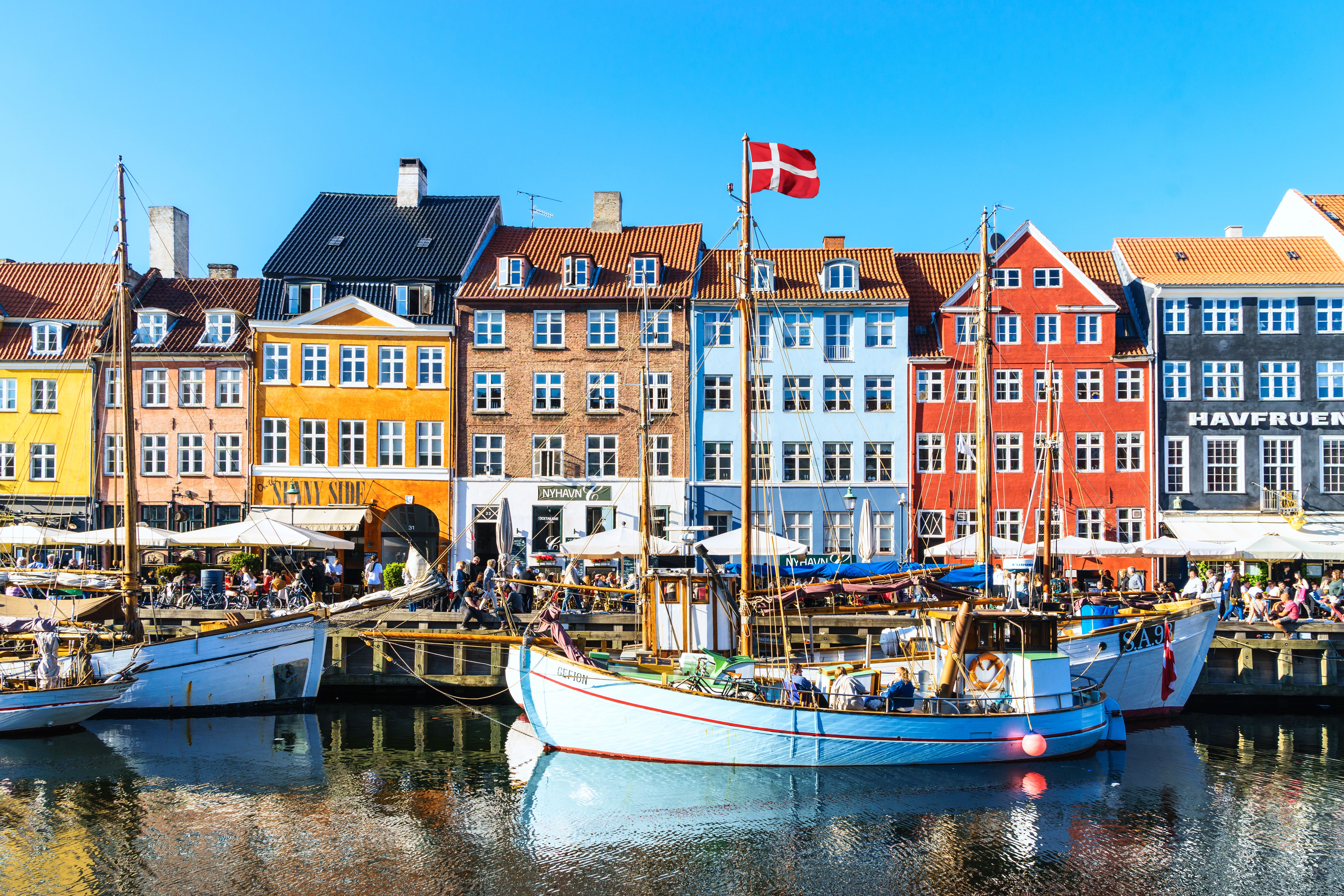Denmark's Culinary Renaissance: The Rise of New Nordic Cuisine
Introduction to New Nordic Cuisine
In recent years, Denmark has emerged as a powerhouse in the culinary world. The driving force behind this transformation is the innovative movement known as New Nordic Cuisine. This gastronomic revolution emphasizes local, seasonal ingredients and a commitment to sustainability, all while reinventing traditional Scandinavian dishes.
The Foundations of New Nordic Cuisine
New Nordic Cuisine was first conceptualized in 2004 by a group of visionary chefs led by René Redzepi of the famed restaurant Noma. They aimed to create a culinary identity rooted in the unique flavors and traditions of the Nordic region. This movement has since blossomed, placing Denmark at the forefront of the global food scene.
Key principles of New Nordic Cuisine include:
- Utilizing local and organic produce
- Celebrating seasonal ingredients
- Promoting animal welfare and sustainable practices
- Reviving traditional cooking methods
Danish Ingredients: A Bounty of Nature
Denmark's diverse landscape offers a rich array of ingredients that inspire chefs to create dishes that are both innovative and deeply connected to their roots. From the fresh seafood of its expansive coastline to the wild herbs and berries of its forests, these natural resources provide a vibrant palette for culinary experimentation.

Foraging plays a significant role in the New Nordic movement, with chefs often venturing into nature to source unique flavors directly from the land. This practice not only enhances the authenticity of the cuisine but also strengthens the connection between food and its origins.
The Global Influence of Danish Chefs
As Danish chefs continue to garner international acclaim, their influence extends far beyond Denmark's borders. Many have taken their expertise abroad, opening restaurants that introduce the principles of New Nordic Cuisine to a global audience. This has helped to spread awareness of sustainable practices and local sourcing across the culinary world.

Moreover, Denmark's culinary schools are nurturing a new generation of chefs who are eager to carry forward the legacy of this movement. Their training emphasizes creativity and respect for ingredients, ensuring that the core values of New Nordic Cuisine remain intact.
The Impact on Danish Culture and Tourism
The rise of New Nordic Cuisine has not only transformed Denmark's culinary landscape but also contributed significantly to its economy and cultural identity. The country has become a destination for food enthusiasts seeking unique dining experiences that celebrate innovation and tradition.
Culinary tourism has surged, with travelers flocking to Denmark to dine at Michelin-starred restaurants and explore local food markets. This influx of visitors has bolstered the country's hospitality industry, providing opportunities for growth and development in related sectors.

A Sustainable Future for Danish Cuisine
Looking ahead, the future of Danish cuisine appears brighter than ever. As the world becomes more conscious of environmental issues, the sustainable practices championed by New Nordic Cuisine are gaining traction globally. Denmark's commitment to these values serves as a model for other countries seeking to balance culinary innovation with ecological responsibility.
In conclusion, Denmark's culinary renaissance through New Nordic Cuisine is a testament to the power of creativity, sustainability, and tradition. It has reshaped not only how we view Scandinavian food but also how we approach cooking and dining worldwide. As this movement continues to evolve, it promises to inspire future generations of chefs and food lovers alike.
